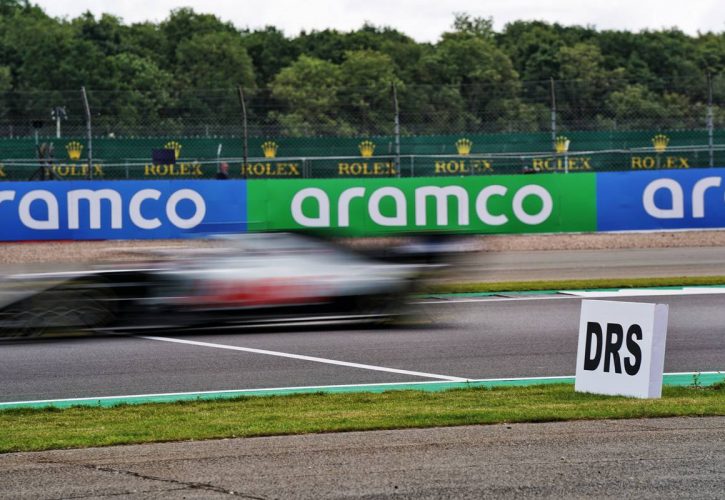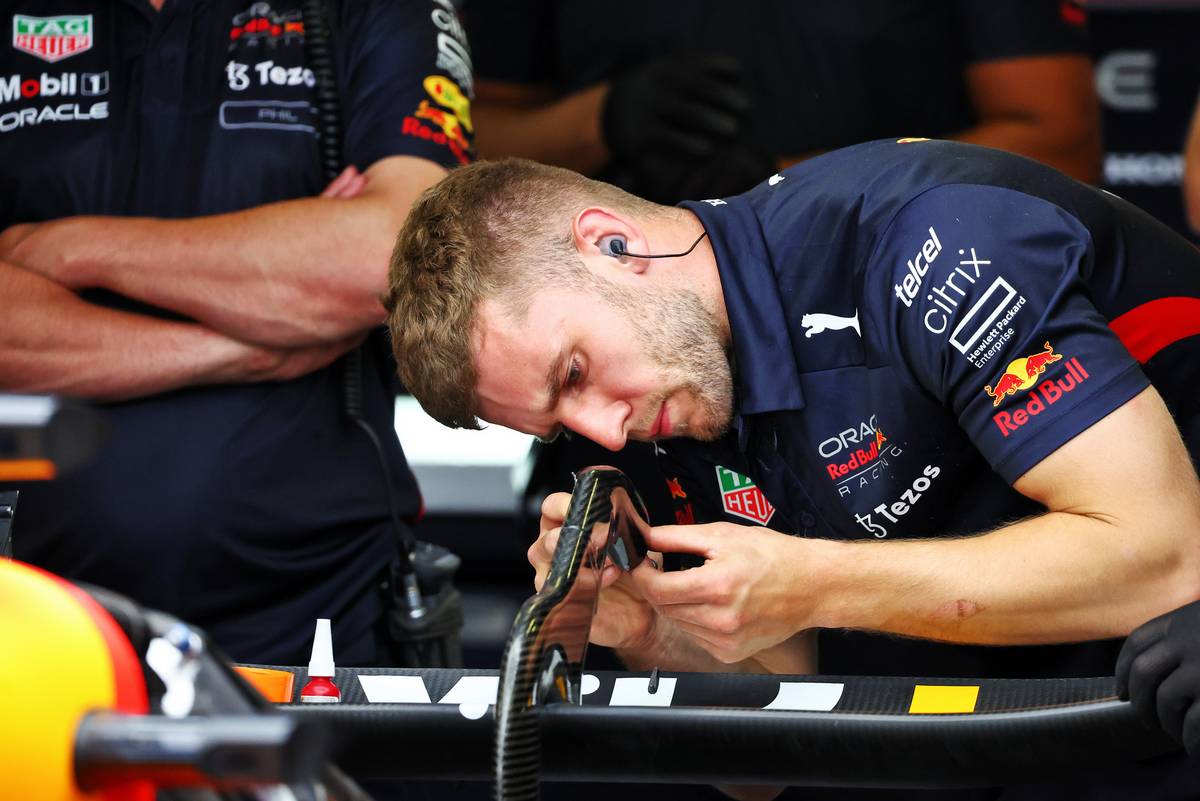
Plans to shorten the length of DRS zones at some circuits next season are under consideration by the sport's governing body, the FIA.
DRS (drag reduction system) was originally introduced to make it possible for cars to overcome the 'dirty air' thrown up by cars ahead of them, making it hard for drivers to catch their rivals and get near enough to overtake.
But new rules this year reintroducing ground effect aerodynamic have helped tackle the problem of 'dirty air' and heightened the impact of DRS in races, so that the FIA is looking at what this means for the use of DRS in future.
The FIA’s single seater technical director Nikolas Tombazis told the media this week that fans were unhappy to see 'guaranteed overtakes' this year once a car was within DRS range.
“In some races, we may well need to actually reduce the DRS zones," he told Motorsport.com “We don’t want overtaking to be, as we say, inevitable or actually easy. It still has to be a fight.

"It needs the right balance to be found there," he offered. “If it happens too quickly, if you just see a car approaching and then going by and disappearing, it's actually worse than being at the back and fighting.
F1’s departing managing director of motorsport Ross Brawn had already voiced his feelings about DRS becoming too powerful.
"[Fans] don’t like the ‘go down the straight, pop the DRS, overtake, drive fast, pull a gap’ all of that,” he commented. "In an ideal world DRS is used just to get on the back of someone, so you can really have a decent attack.”
"We shouldn’t be afraid to reduce the use of DRS where it's clearly proving to be too powerful," he added.
Gallery: The beautiful wives and girlfriends of F1 drivers
Keep up to date with all the F1 news via Facebook and Twitter






